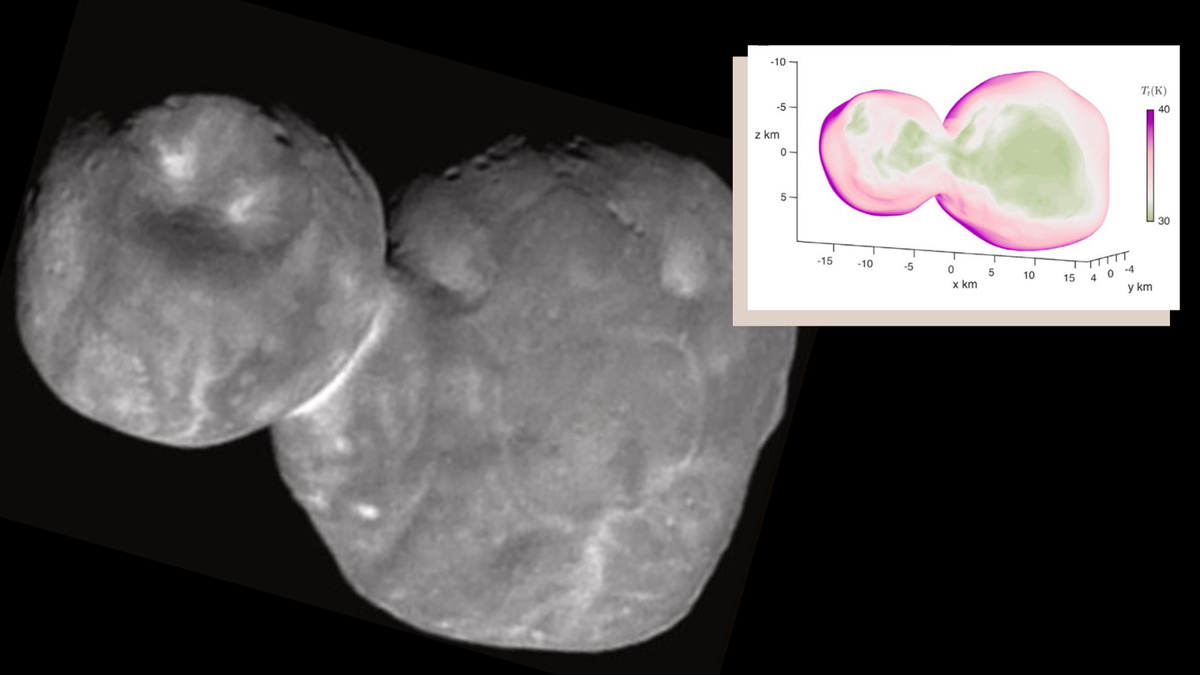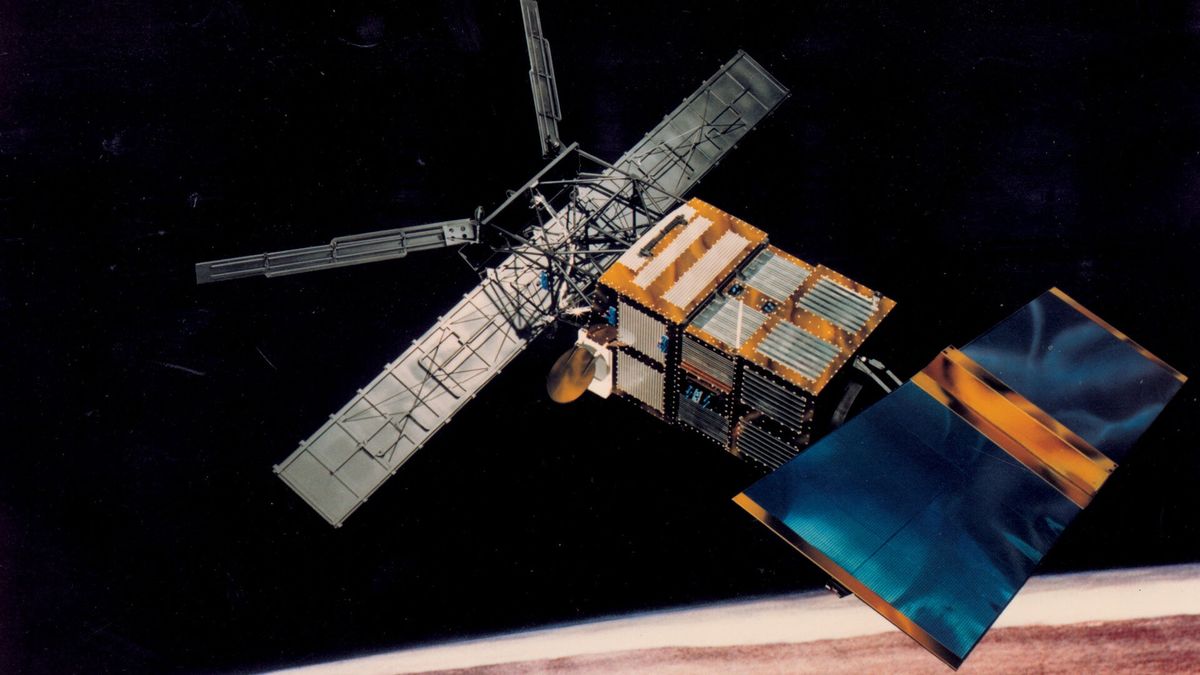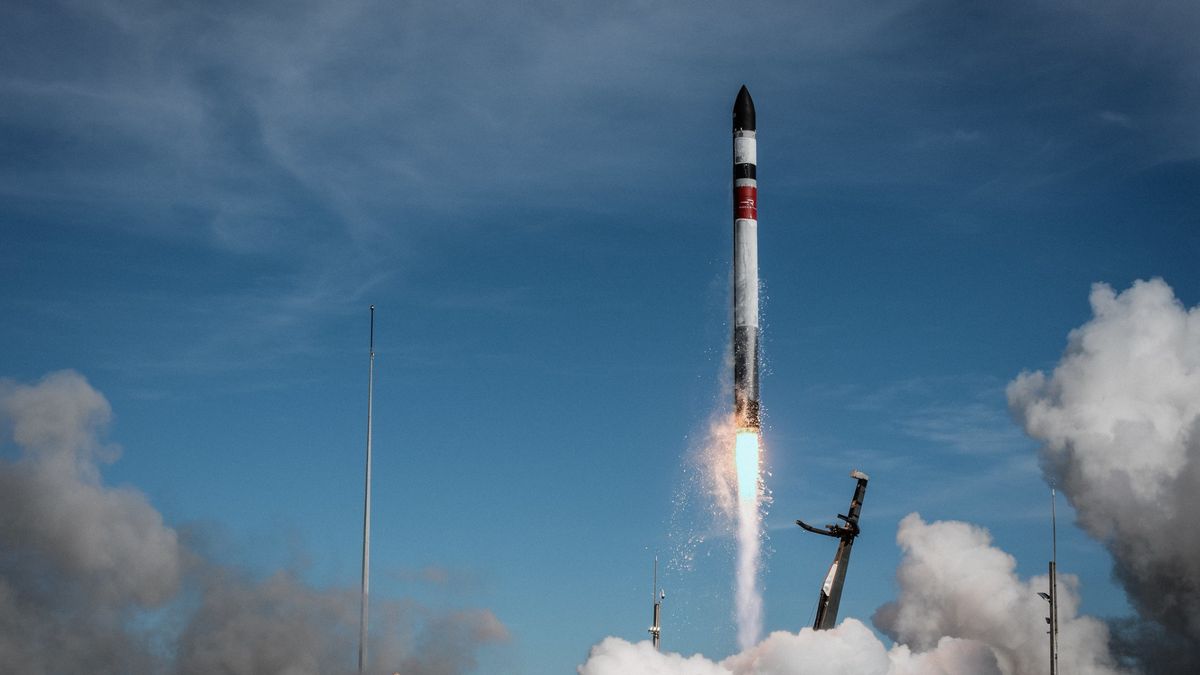Unlocking the Secrets of Arrokoth: A Close Look at the Kuiper Belt Object
The enigmatic Kuiper Belt object known as “486958 Arrokoth” or simply “Arrokoth” has captivated scientists with its snowman-like appearance and now with new revelations about its composition. Recent research suggests that within its frosty structure lies ancient ice, shedding light on the mysteries of these distant celestial bodies.
The Kuiper Belt: A Chilling Realm of Cosmic Objects
The Kuiper Belt is a vast region beyond Neptune’s orbit, teeming with icy remnants from the early days of our solar system. Arrokoth, also referred to as “Ultima Thule,” serves as a representative case study for understanding these objects and their icy compositions. This recent discovery implies that the Kuiper Belt objects might retain their original ice content, offering a glimpse into the past of our planetary formation.
These icy constituents, known as volatiles, have intrigued scientists due to their potential to vaporize rapidly. This finding challenges previous models that struggled to account for the presence of icy volatiles in such remote and cold environments. By reevaluating the evolutionary paths of Kuiper Belt objects, researchers have proposed a groundbreaking theory that could revolutionize our understanding of these icy bodies.
A New Perspective on Comet Evolution
Lead by Orkan Umurhan, a team of scientists has proposed an alternative model that explains the longevity of volatile ice on Kuiper Belt objects. By envisioning a subsurface atmosphere that traps these ices, the researchers suggest a novel mechanism for preserving volatile compounds over billions of years. This correction in the existing physical model could prompt a reassessment of comet interiors and activity theory.
Moreover, this novel approach sheds light on the phenomenon of “ice bombs” and explosive comet behavior near the sun. By simulating the sublimation of ice within Arrokoth, the team has unveiled a complex process involving carbon monoxide and water ice that could explain sudden cometary outbursts.
Implications for Cosmic Exploration and Astrobiology
The team’s research not only alters our perception of comets but also has practical applications. The proposed Comet Astrobiology Exploration Sample Return (CAESAR) mission aims to bring back material from a comet’s nucleus for in-depth analysis. By verifying the research findings with real samples, scientists hope to gain a deeper understanding of cometary evolution and the early solar system.
This pioneering research, featured in the prestigious journal Icarus, marks a significant milestone in unraveling the mysteries of icy bodies in the Kuiper Belt. By exploring Arrokoth’s secrets, scientists are taking a step closer to comprehending the ancient history and dynamic nature of our cosmic neighborhood.
Image/Photo credit: source url





